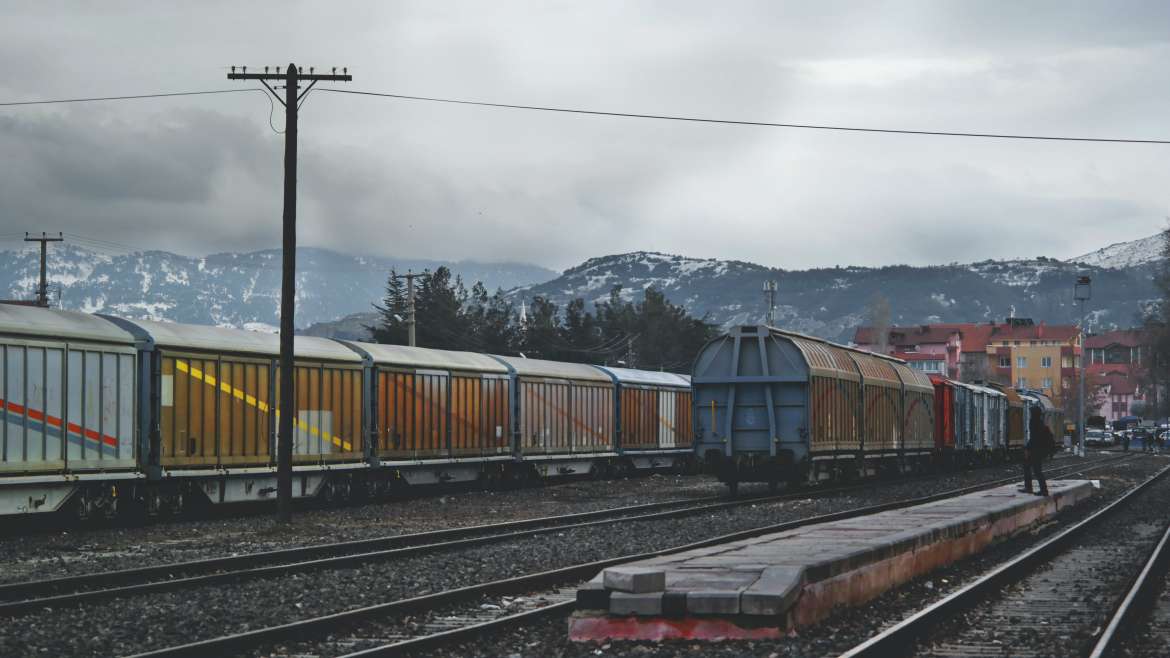challenges. Delays in the movement of goods have had a cascading effect, impacting both carload and intermodal activity. This emphasizes the need for greater flexibility in supply chain management and transportation planning to adapt to these ongoing disruptions.
Moreover, shifts in consumer behavior have been a significant influence on the types of goods being transported. The acceleration of e-commerce and changing spending patterns have affected the mix of goods moving through the supply chain. Some industries have experienced a surge in demand, while others have seen a decline, directly impacting transportation volumes.
In the rail industry, which is a significant contributor to carload volumes, challenges in maintaining consistent service levels have emerged. These challenges, coupled with shifts in cargo demand, have influenced the reduction in carload volumes. Intermodal transport, a key component of modern logistics, has also faced increased competition from the trucking sector and has had to deal with issues related to container availability.
The interplay of these factors has underscored the need for adaptability and resilience within the transportation and logistics sector. Businesses are reevaluating their supply chain strategies, exploring alternative modes of transportation, and seeking innovative solutions to navigate these challenges effectively.
It’s worth noting that while these changes are causing disruptions, they also highlight the industry’s capacity for recovery and adaptation. Industry stakeholders are continuously working to address these challenges and enhance transportation efficiencies. Additionally, the implications of this decline in carload and intermodal volumes extend beyond the logistics sector and may provide insights into broader economic trends, making it an area of close scrutiny.
As the transportation and logistics industry grapples with these challenges, it’s clear that adaptability, technology integration, and robust supply chain management practices are pivotal in not only addressing the immediate concerns but also in building a more resilient and responsive sector for the future.


Leave a reply